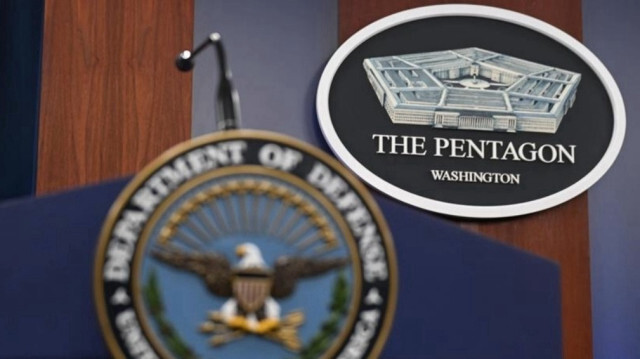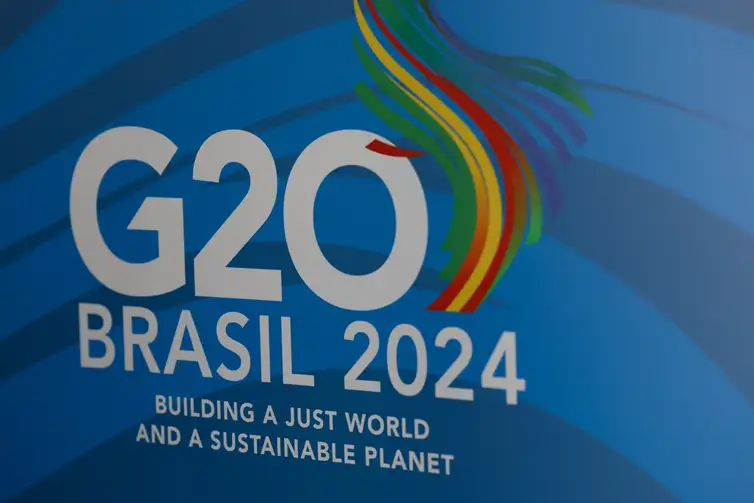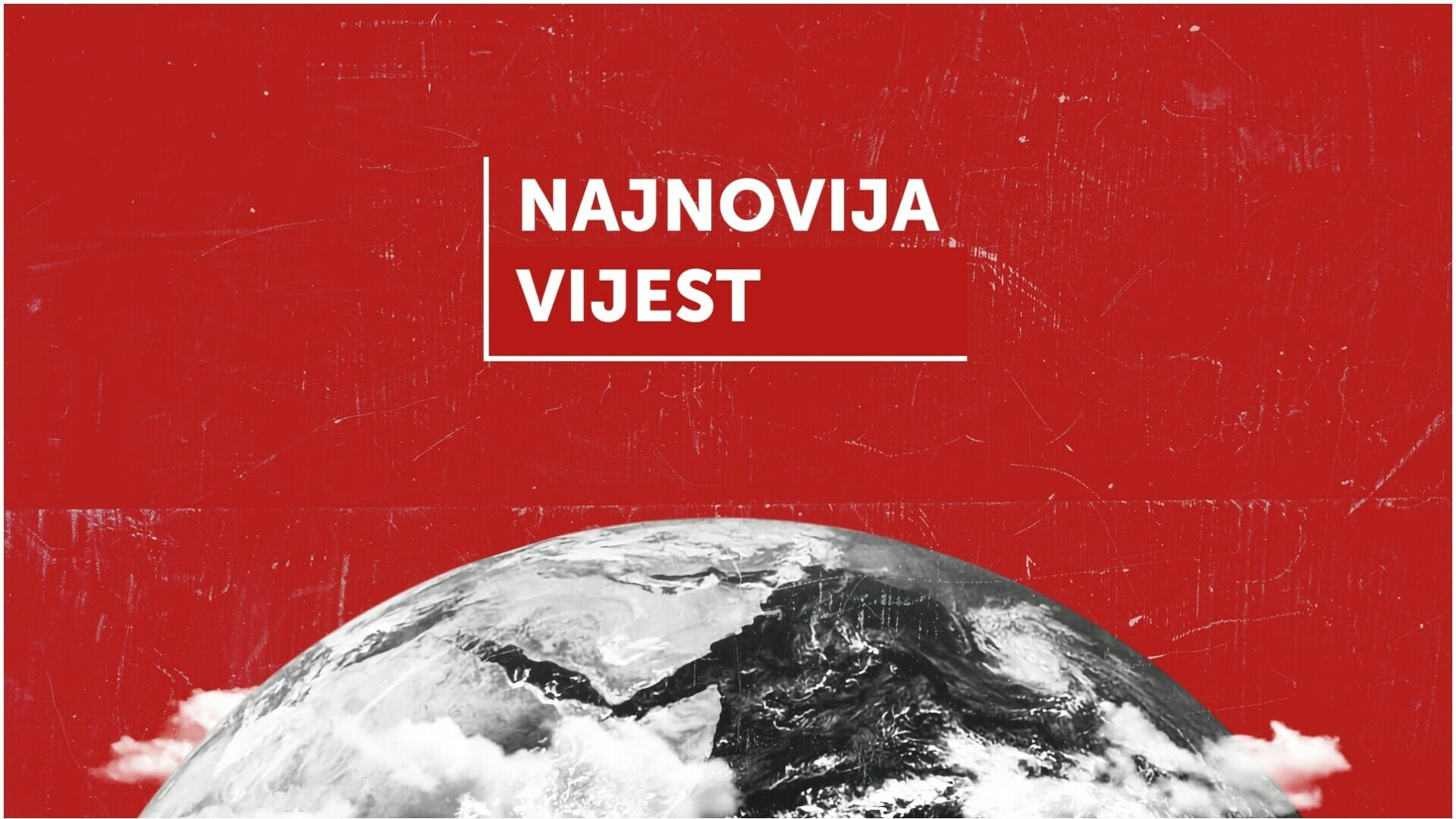US-Ukraine Military Dynamics Amid War Challenges
As the conflict between Russia and Ukraine intensifies, recent developments suggest a pivotal shift in the US's military assistance strategy for Ukraine.
Published May 19, 2024 - 00:05am

Image recovered from yenisafak.com
'We have trained thousands and thousands of soldiers as part of our long-term commitment to Ukraine,' stated Deputy Pentagon Press Secretary Sabrina Singh while addressing the US's stance on military aid to Ukraine. Despite no current plans to dispatch military instructors to Ukraine, the US continues to bolster Kyiv's defense capabilities through significant financial and military support.
The US's reluctance to encourage or facilitate strikes on Russian territory by Ukraine, using US-provided weaponry, has been reaffirmed amidst Ukraine's requests for eased restrictions and targeting assistance. As Russia's advances arouse concerns about a protracted conflict, Washington's approach balances the need to aid Ukraine while avoiding escalation risks that might draw the US deeper into the conflict.
The Wall Street Journal reports Ukraine's plea for US permission to use American weapons for strikes within Russia, with decisions pending and sparking debate over US foreign policy goals. Ukraine's requests underscore the growing urgency and tension as the war unfolds, especially with Russia's recent offensive near Kharkiv raising global apprehension.
Notably, a visit by US Secretary of State Antony Blinken to Kyiv and comments from various US military and defense officials underscore America's complex diplomatic balancing act. The US attempts to provide support without provoking further instability or turning the war into an even larger international crisis, while strategists consider the implications of a potential ceasing of hostilities along current lines of control.
Given the multifaceted challenges at hand, including suggestions of an interim ceasefire, the ongoing dialogue between Ukraine and its Western partners reveals the delicate tensions involved in determining the path to success and sustainability in the face of Russian aggression. Navigating this terrain requires a careful synthesis of defense, diplomacy, and long-term strategy.
The complexity of the situation in Ukraine is heightened by the increase in military aid from the United States, with deliveries of advanced weapons systems such as antitank missiles, surveillance drones, and secure communication equipment intended to bolster Ukraine's defensive capabilities. As warfare tactics evolve and require new forms of combat training and armaments, the Pentagon has confirmed ongoing assessments of Ukraine's needs to withstand aggression without crossing the threshold into offensive postures on Russian soil.
Amid these tangible forms of support, there is also a robust intelligence-sharing arrangement, though US officials maintain strict limits on the types of intelligence provided. Explicitly, there is a hesitancy to share targeting data that could be used for Ukrainian strikes inside Russia due to the potential for escalation. This restriction underscores the careful line Washington is attempting to walk—providing ample support to a sovereign nation under siege without igniting a direct confrontation with Russia.
The assessment and advisement from US military strategists continue to play a significant role in the evolution of the conflict. Military aid and planning assistance are subjected to continuous review to adapt to the dynamic security situation on the ground. In particular, discussions about additional capabilities, such as anti-ship missiles and advanced air defense systems, reflect the shifting challenges faced by Ukrainian forces as Russian tactics change.
Military and geopolitical experts are closely monitoring the impact of US weaponry and support on the conflict's trajectory. The complications arising from warfare in the digital age, where cyber warfare and disinformation campaigns add another layer to the traditional battlefields, are critically considered in US strategic planning. Simultaneously, Washington remains cognizant of the potential for such technology transfers to influence regional balances of power, and by extension, the broader geopolitical stability.
On the home front, support for Ukraine has prompted a mix of bipartisan solidarity and spirited debate within the US political landscape. The American public, along with elected officials, have largely supported Ukraine's resistance, while also voicing concern over the United States becoming entwined in another distant war. Ensuring continued support requires the administration to maintain clear communication on policy goals, risks, and the boundaries set for the extent of US involvement.
Further on the international stage, there have been heightened diplomatic efforts. The US alongside its NATO allies have been conducting continual discussions on potential scenarios including, but not limited to, a full-scale escalation of the war, the incorporation of new NATO member states, and the use of mechanisms like sanctions and diplomatic dialogues to bring about a peaceful resolution to the conflict. The delicate interplay between providing unwavering support for Ukraine's sovereignty and the potential for NATO-Russia confrontations looms over international deliberations.
Transitioning to the economic front, the war's influence extends beyond immediate military concerns to global markets and supply chains. The conflict has introduced additional volatility, particularly in the energy sector, as countries scramble to adjust to sanctions on Russia and seek alternative sources of oil and gas. The ensuing financial disruption further complicates the West's strategic calculations and underscores the interconnectedness of defense, diplomacy, and economic policy.
As the war in Ukraine persists, the US's role as a provider of military aid continues to be carefully scrutinized and incrementally adjusted in response to the evolving conflict. While the overarching goal remains to support Ukraine in defending its sovereignty, the modalities and extent of that support are crafted to minimize risks, maintain strategic balance, and navigate the geopolitical realities of a multipolar world order. In these challenging times, the path to a resolution remains unclear, with the only certainty being the US's unwavering commitment to stand with Ukraine.







